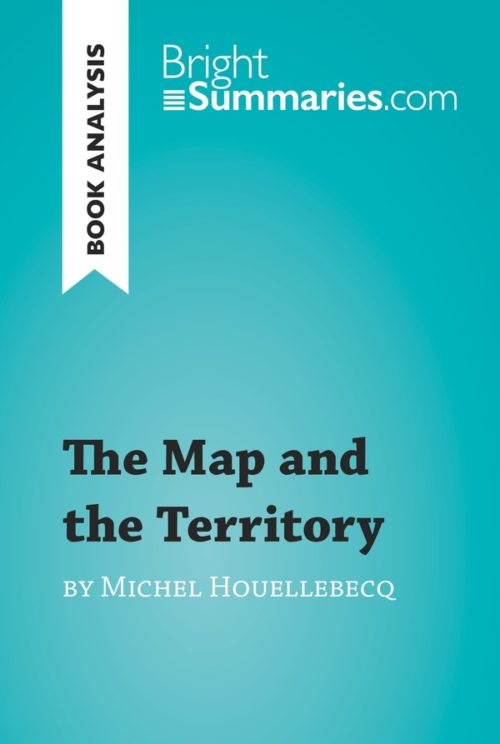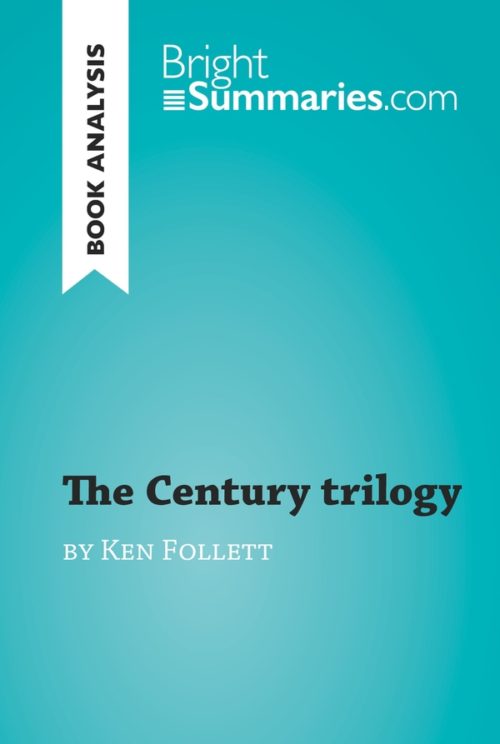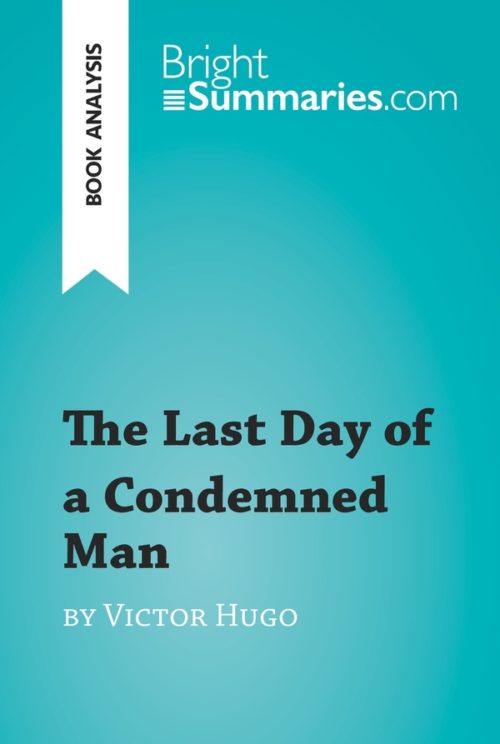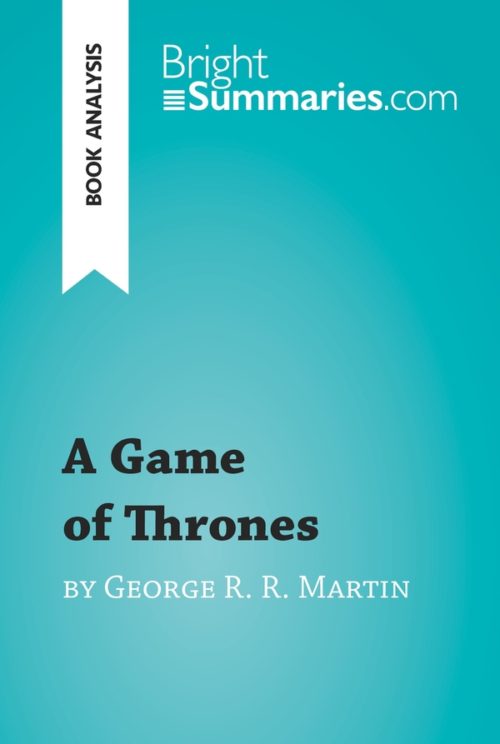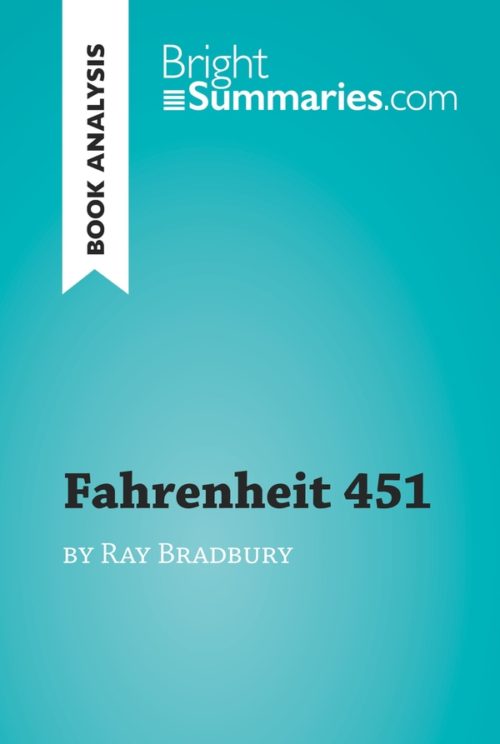A Passage to India by E. M. Forster (Book Analysis)
A Passage to India by E. M. Forster (Book Analysis)
Detailed Summary, Analysis and Reading Guide
Read more
This practical and insightful reading guide offers a complete summary and analysis of A Passage to India by E. M. Forster. It provides a thorough exploration of the novel’s plot, characters and main themes, including imperialism and the racism faced by colonial subjects. The clear and concise style makes for easy understanding, providing the perfect opportunity to improve your literary knowledge in no time.
This clear and detailed 50-page reading guide is structured as follows:
- Biography of E. M. Forster
- Presentation of A Passage to India
- Summary of A Passage to India
- Character study
- Dr. Aziz
- Cyril Fielding
- Mrs. Moore
- Adela Quested
- Analysis of A Passage to India
- British imperialism in India
- Postcolonial studies and A Passage to India
About A Passage to India
A Passage to India is set in Anglo-India in the early 20th century. Adela Quested and Mrs Moore, two English women who have recently arrived in India, quickly befriend Dr Aziz, a local doctor, but the relationship sours when Adela accuses Aziz of assaulting her in a dark cave. The ensuing trial throws the prejudices of the British community into sharp relief and results in Aziz breaking off contact with the English.
A Passage to India is widely considered to be among Forster’s finest works, and has appeared on a number of lists of the greatest novels of the 20th century. It has also inspired multiple film and stage adaptations.
About E. M. Forster
E. M. Forster was an English writer who wrote six novels and a number of other works of fiction and non-fiction during his lifetime. His works often explore class differences and sexuality (Forster himself was gay, and his posthumous novel Maurice depicts a relationship between two men), and his literary output was shaped by his humanist beliefs. His best-known works include A Room with a View, Howards End and A Passage to India, all of which met with critical acclaim. Indeed, Forster was nominated for the Nobel Prize in Literature on 16 occasions, but he never won the award.
Product details
| ISBN | 9782808014748 |
|---|---|
| Publisher | Plurilingua Publishing |
| Collection | Brightsummaries.com |
| Format | |
| Pages | 50 |
| File size | 2.2 MB |


